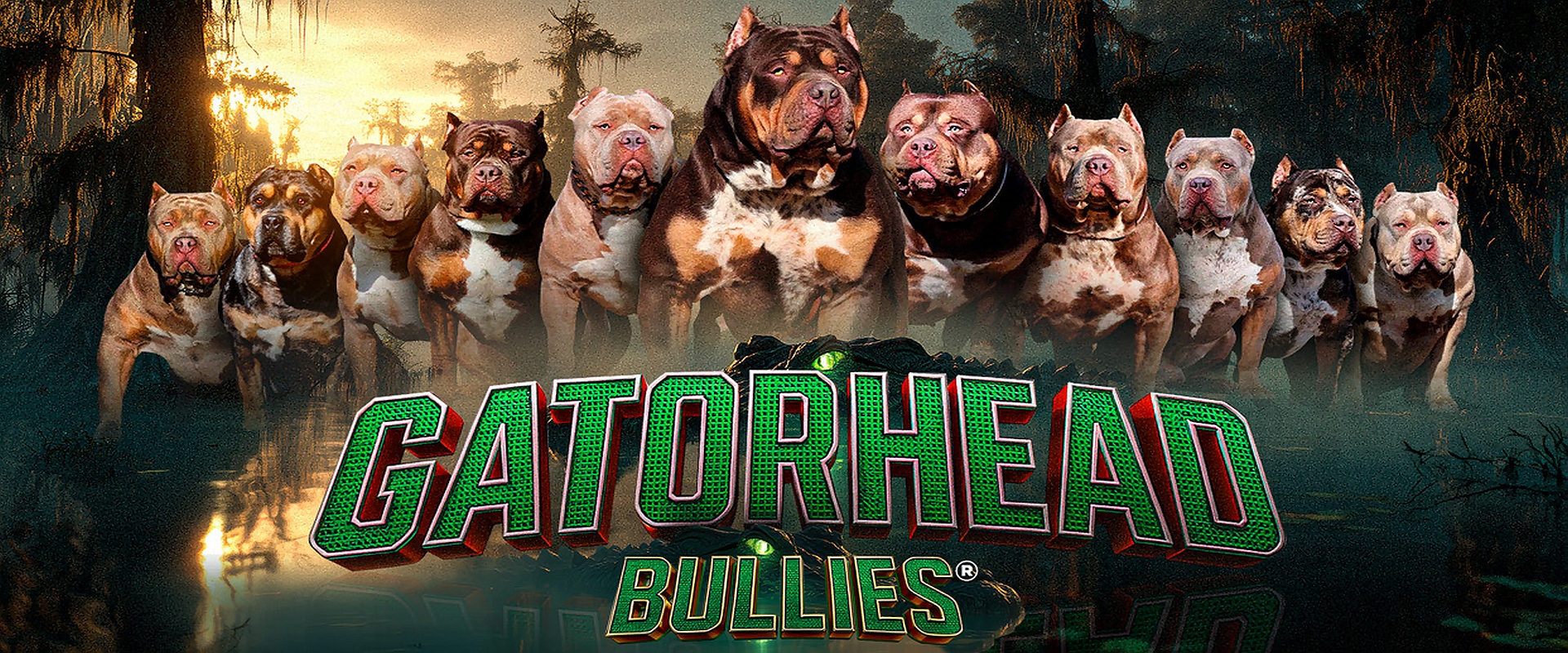Treat Usage in Dog Training
When used properly, food and treats can be powerful tools for motivating your dog during training or occupying their time when you are away. Many people do not give much consideration to the type of treats they use, often underestimating the importance of varying the treats depending on the application.
Applications for Using Food with Dogs Outside of Normal Feeding:
- 1. Rewards or motivators during training.
- 2. Toys to pass the time while the dog is alone.
Every dog, regardless of age, breed, sex, or size, responds to two basic motivators:
- 1. Pursuit of pleasure.
- 2. Avoidance of displeasure.
Different Treats for Different Jobs:
Fortunately, there are numerous options for dog treats available today, each serving different purposes.
– Treats my dog loves may not be loved by your dog.*
– All treats carry different motivational value for your dog.* It is important to observe your dog’s reaction to specific food treats. Some treats have such high value that the dog may stop thinking, while some dogs cannot focus if they know you have a high-value treat with you.
Examples of High, Medium, and Low-Value Treats:
– High-Value: Cut-up steak, hamburger, hot dogs, cheese, chicken.
– Medium-Value: Soft training treats, Natural Balance treat logs, Liver Biscotti.
– Low-Value: Regular kibble.
Always Try a New Treat Before Training:
It is recommended to let a dog sample a new treat as soon as you get it.
– Do not wait until training classes to let the dog try the new treat. Test them at home first.
– The first time you use a new treat, the dog might play with it before eating. They may need to convince themselves it is indeed a new treat. Often, once the dog eats a few treats, they decide they are enjoyable and consume them quickly.
My Dog Isn't Much of a Food Enthusiast:
While some dogs seem absolutely crazy about food, others do not appear to have much of a food drive. Generally, every dog can develop a good drive, although some naturally have a higher one. There are several reasons why some dogs may not seem interested in food:
– Dogs need to be hungry for a food reward to be effective. Adjust their feeding schedule so they eat after training, not before. If you feed them post-training, wait 2-3 hours.
– Start training with high-value food rewards like pieces of steak to trigger interest and motivation.
– There is nothing wrong with using leftover steak cut into small chunks. Once the dog understands that food rewards are part of training, you can switch to various all-natural treats that fit your needs.
– Letting a dog go a day without food can increase their food drive, but generally, do not let them go more than two days without feeding.
Using treats effectively can greatly enhance your dog’s training and overall behavior, making both your lives more enjoyable and fulfilling.
